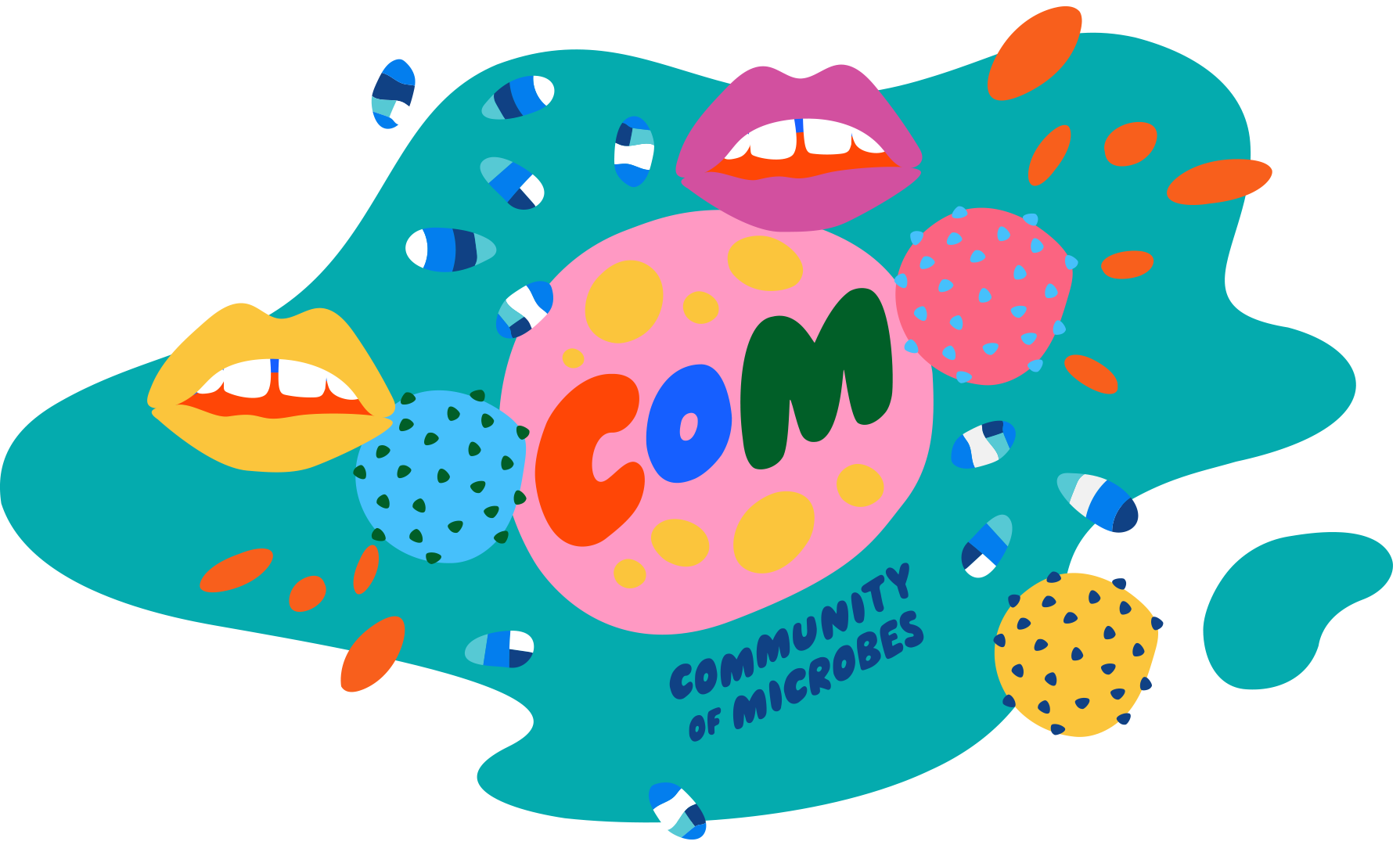
Beer
The microbes that make beer are bobbing around in a rich all-you-can-eat buffet of sugars, proteins and nutrients from heated grains. Brewers control this liquid paradise to be just the right temperature for them. One species of microbe will grow and replicate with abandon, free from competing microbe species that would gladly feast on these nutrients. As the microbes gorge themselves and replicate, they produce the alcohol in beer along with some of the carbonation, and many of the flavors of beer. Those banana notes, or hints of floral aromas? Those come from some of the billions of happy yeast cells in every unfiltered beer.

The Players
Saccharomyces cerevisiae. The flavor, mouth feel (glycerol), aromas (like esters and additional alcohols that we register as fruity notes), bubbles (CO2) and amount of alcohol (ethanol) in beer is influenced by one key microbe: yeast, a type of fungus (like mushrooms!). Yeast are single-celled organisms that bud from one another, replicating to produce more, to do the work of converting sugars into alcohol and everything in between. The process of budding creates circular scars on the cells where a daughter cell budded off. Yeast are immobile. When they are in beer they appear to be moving, but they are not doing so on their own.

